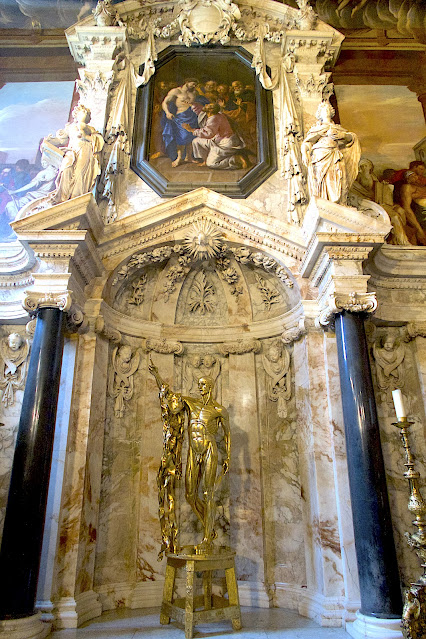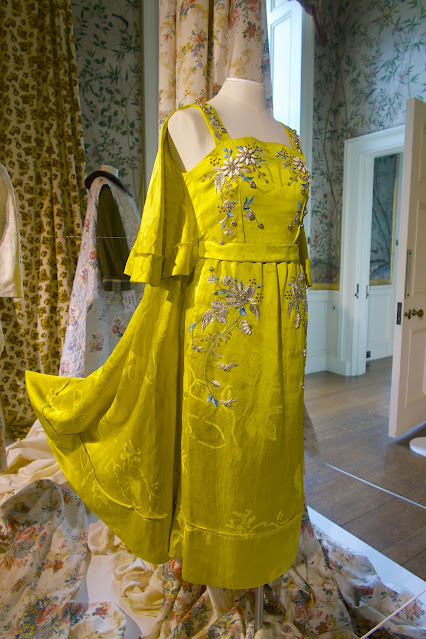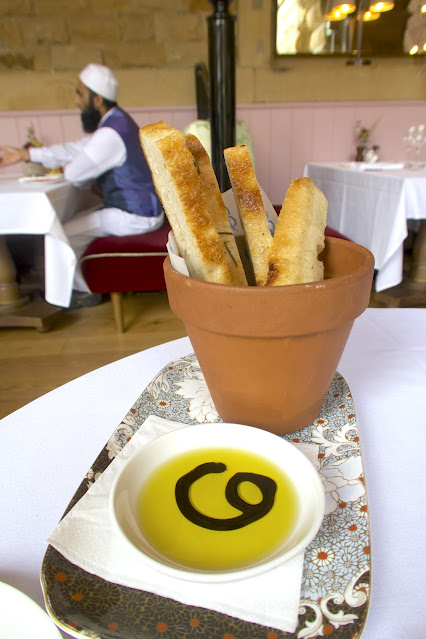Britain's best loved iconic stately home, Chatsworth House is the seat of the Duke of Devonshire, and has been home to the Cavendish family since the 16th-century, and currently home of the Duke and Duchess of Devonshire. Set in the heart of the Peak District in Derbyshire, Chatsworth House has over 30 rooms to explore, from the magnificent Painted Hall painted by Louis Laguerre, to the family-used chapel, regal State Rooms and beautiful Sculpture Gallery. Chatsworth also houses the Devonshire Collections, one of Europe’s most significant art collections, which is continually added to, encompassing Old Masters to contemporary ceramics and artefacts from Ancient Egypt to cutting edge modern sculpture.
Art extends beyond the walls of the house into the carefully created and expansive garden complex, which have also undergone significant changes through the years, and offer spectacular water features such as the Cascade and the great Emperor Fountain. This fountain is an impressive centrepiece of the Canal Pond, which leads straight up to the front of the house, and is also remarkable due to how it is powered solely by gravity. These days, the house is no longer owned by the Cavendish family itself but by the Chatsworth House Trust, a registered charity established in 1981. All income from admissions, membership, sponsorship and donations goes directly to the charity to be reinvested in the conservation and improvement of Chatsworth.
Arriving for a wonderful day, we explored Chatsworth House followed by a 45-minute Garden Buggy Tour exploring the ever-evolving 105-acre garden, famous for its rich history, water features, enormous sculptures, arboretum, Victorian rock garden, grotto, rose garden, kitchen and cutting garden, and much more. Having made reservations for lunch at Chatsworth's Cavendish restaurant, set in the picturesque 18th-century stables, we enjoyed a delicious lunch of seasonal dishes made with ingredients from Chatsworth and local farmers and suppliers. One of the most glorious stately homes in Britain, Chatsworth is indisputably the jewel in the crown of the Peak District.
The magnificent Baroque Painted Hall is the largest and grandest room
in the original house, by famed French decorative painter Louis Laguerre
The Oak Room panelling is from a German monastery
Inset into the panels are views from the 6th Duke's holidays and paintings of his dogs
is a tour-de-force of architecture and interior decoration by Chatsworth’s master carver Samuel Watson
Both the walls and ceiling were painted by Louis Laguerre
Bess of Hardwick, which was demolished and rebuilt in 1687
and the Devonshire Collections, and how they inspired the Spring Summer 2024 collection
of famous English fashion designer Erdem Moralioglu
who visited Chatsworth to discuss the commission during the winter of 1901–1902
and painted by Antonio Verrio (1636-1707)
The Great Dining Room at Chatsworth House was completed in 1832 and used by the family a few times a year for exclusive, formal dinners and for Princess Victoria when she was only 13
The Grand Sculpture Gallery with a collection of early 19th century European sculpture that remains one of the most important in the world still in its original location
Canova's 'Endymion' of a sleeping shepherd boy accompanied by his dog,The Wounded Achilles by Filippo Albacini, 1825
commissioned by the 6th Duke in 1819 — the boys body was highly polished to appear as though
the moonlight was beaming upon him
Achilles by George Rennie, after the Greek original
Garden sculpture with the wood and glass Great Conservatory behind designed by Joseph Paxton in 1838, protects figs, peaches, nectarines, and various shrubs from the unpredictable Derbyshire climate
of the Alpine splendour he'd encountered on the Grand Tour
The Stone Grotto with a large rock arch is made of rough rectangular blocks of gritstone
Chatsworth House Stable Block stands at the head of a long avenue that climbs up a hillside to the north of the house and is entered through a central triumphal archway topped by a pediment
Cavendish Restaurant
Our lovely table by the window overlooking the stable courtyard
when travelling on holidays
Derbyshire Beef Carpaccio with rocket salad, fried capers and parmesan garnish
anchovies, croutons, parmesan and herb oil
toasted pine nuts and herb oil





















































